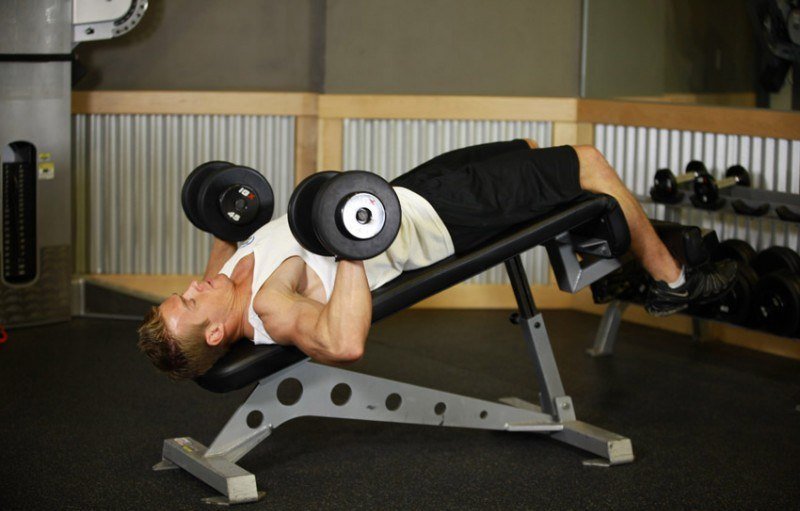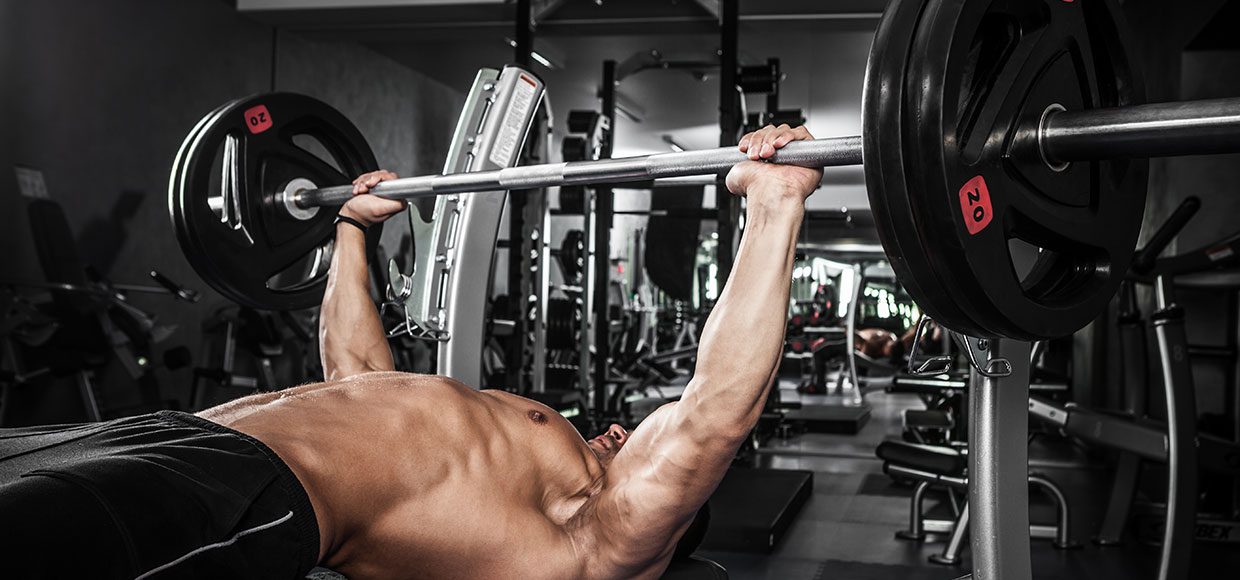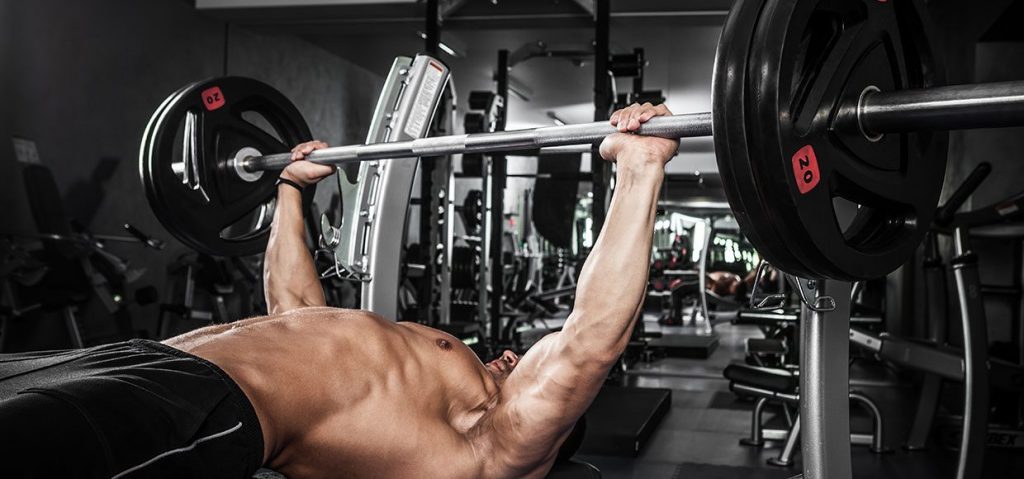ALL about EMG in bodybuilding (electromyography)
To select our exercises the right way, science puts EMG in bodybuilding within our reach. Specifically, what is it? And above all is it reliable ? Can we really trust him to choose our exercises and progress according to our goals? Let me explain everything to you.
EMG in bodybuilding – definition
Bodybuilding EMG or electromyography measures the electrical activity in our muscles. Obviously this helps determine if our muscles are contracting during exercise and / or on demand.

Mainly used to diagnose nerve compression problems or various diseases affecting our peripheral nervous system, its main use has been “rejected” so that we can study the muscle requirements of the exercises we do strength training .
EMG in bodybuilding – what science says
Based on EMG in bodybuilding, the list of best exercises for each muscle is very clear. For example, for chest muscles , the best exercise would be a barbell press before the barbell press and in front of the pumps between the two benches. Bar Press will only be in fifth position.
For spine , rowing exercises such as barbell rowing, one-arm rowing with dumbbells, or T-bar rowing are preferred over exercises with high draw, such as wide front.
For hamstrings this would be One-legged leg curl in front of extended leg bend and, finally, sitting leg curl; traction of half-stretched legs arriving in fifth position.
For a middle deltoid bunch that increases our width, the side elevations with the dumbbells will also be larger than the lateral elevations on the low pulley. We could go on with this list in terms of muscle, but that’s enough to challenge us. The question then becomes: Should we really trust EMG in bodybuilding to select its exercises?
EMG in bodybuilding – how reliable is it?

EMG in bodybuilding faces several problems :
first – exclude any study of the work of agonist muscles during exercise. Under these conditions, the isolation exercise will always be more effective, according to the EMG, than the multi-joint exercise.
second should ignore the applied load, i.e. mechanical tension. What is the use of better muscle gain when the load is really “low” compared to our capabilities?
If curling a 20 kg barbell requires 95% of the biceps, what should we think of the same exercise performed with a 40 kg, but in which the biceps gains 60%? Used Quick calculation , we concluded that 40kg is better than 20kg.
These numbers are just examples, but they clearly show the absurdity of testing muscle recruitment at low loads, because when we are a natural doctor, the mechanical stress applied to our muscles is the main factor that allows us to gradually increase muscle.
Of course, we will gain other muscles as we increase the load, but also if the choice of exercises is correct, the more muscles we want to develop.
Third is ignoring the morpho-anatomy of each one (for more information), which is an important basis for determining which exercises should be prioritized. The example of the dumbbell bench press is especially interesting because it demonstrates several limitations :
- That we all have more muscle fibers in the lower pectoral muscles, and therefore it is okay, in terms of percent activation of the pectoral muscles, that we use them more, but do we really want to work more of the lower pectoral muscles?
- Using heavier and heavier dumbbells makes the movement extremely dangerous due to the instability of the gesture. This is why the more we progress, the safer it is to use bars and good machines and allows us to progress in the medium to long term.
- What technique is used in the exercises under study? It is clear that, especially for the chest, it is easy to use poor technique, especially for asking shoulders with the bench press.
It is difficult to conclude that EMG in bodybuilding is reliable in exercise selection given its disadvantages.
Of course, gaining muscle is good, but progress is better. By making too much effort to isolate muscle work, apart from working on weak points (for example, motor training), we forget the main thing: no one takes a muscle naturally, interfering with air , even if he is gaining his muscles 100%.
It is better to gain them less at the expense of other muscles with greater “relative” intensity and regular progress during sessions. The EMG is finally put in perspective with the weights used. So how do you choose strength training?
The first thing to do after completing the initial stage, that is, reaching the Bronze level of Club SuperPhysique, is to conduct your morpho-anatomical analysis.
This will allow you to carefully define a list of the best exercises for you, as well as a range to use according to your goals. The length of your bony levers and of each muscle directly affects your performance.
There are many criteria for confirmation of your analysis, namely the presence of feedback , such as pain in the body and, in particular, the presence of severe pain in the body (see this (See article on muscle pain) acquired due to “overstrain” but also from local overload (see this article on muscle overload) and sensation.
Please note that these are only consequences , not a reason for doing well. In this sense, these Feedback should be sought, and not as a priority during training. Thus, they allow you to give you an idea of the merits of the choice and amplitude of your exercises compared to your morpho-anatomy. If I ever have, I have identified a list of the best exercises according to your morpho-anatomy.

Conclusion
EMG in bodybuilding is not an exercise selection tool. Worse , this can lead to an ineffective workout focusing solely on isolation for bodybuilding and using loads that are too light to induce any muscle adaptation.
This is why doing morpho-anatomical analysis (for doing it) and using the feedback nature offers us is much more reliable to personalize your learning in the future.

